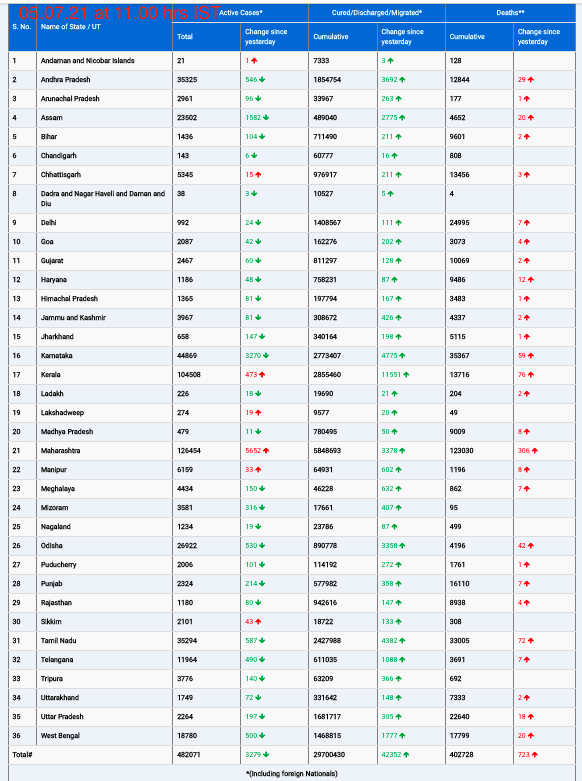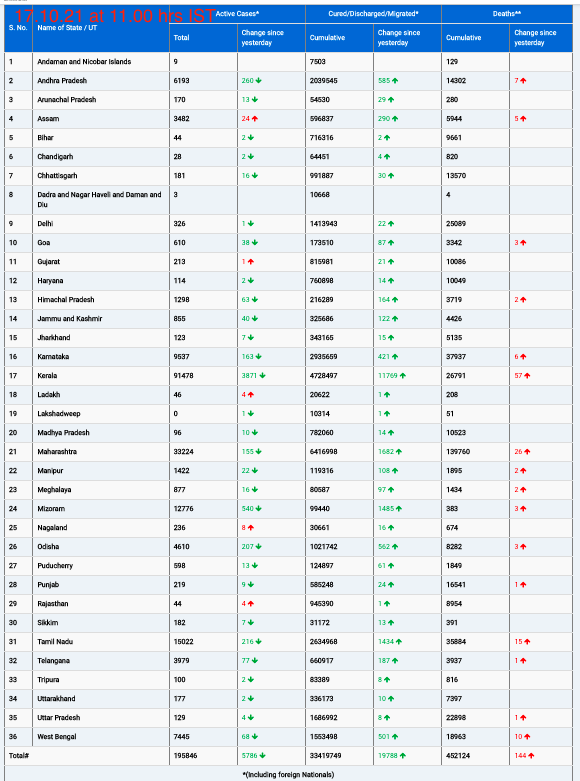In the face of persistent vaccine hesitancy, many doctors are rethinking their approach to patient communication. Kimberly Fisher, MD, an associate professor of medicine at UMass Chan Medical School, recalls how, early in her career, she would rely heavily on data and scientific facts to persuade hesitant patients. However, this tactic proved less effective than anticipated. Fisher soon realized that lecturing patients with medical jargon often caused them to disengage, leading her to adopt a more empathetic approach.
“When you start by correcting misinformation, patients may stop listening,” Fisher explains. Her experience, along with research into patient-provider communication, taught her that building trust through empathy is more effective than launching straight into facts.
Listening Before Speaking
Diane Arnaout, MD, a pediatrician from Fort Worth, Texas, agrees with Fisher’s sentiment. While listening to patients’ concerns—some of which may be based on conspiracy theories or misconceptions—can be frustrating, Arnaout stresses the importance of taking time to understand their fears. “If you put up a wall and get defensive, the trust is gone,” she says.
By actively listening, physicians open the door to more meaningful conversations. Patients are more likely to respond positively when they feel heard and understood, and this can ultimately lead to better outcomes, such as greater vaccine acceptance.
The Power of Presumptive Recommendations
Since the COVID-19 pandemic began, vaccine hesitancy has become an even more significant challenge for healthcare professionals. Fisher’s research suggests that one effective strategy involves using a “presumptive style” of communication—where vaccination is presented as the default option. Instead of asking patients if they want to get vaccinated, doctors frame it as the norm.
This approach works for many undecided patients, but for those who remain reluctant, Fisher advises a shift in strategy. She emphasizes that empathy is crucial in these cases. “You need to understand the person’s reasons for not wanting to be vaccinated and find common ground before addressing the misinformation.”
Building Trust and Finding Common Ground
During a focus group on vaccine hesitancy, Fisher observed that finding a point of agreement with patients can make a significant difference. One participant shared a technique of validating the patient’s thought process—acknowledging their careful consideration of vaccine safety—before providing more information. This approach helps align the physician and patient as a team rather than as adversaries.
For Arnaout, focusing on the diseases that vaccines prevent, rather than the vaccine itself, can shift patients’ perspectives. “Parents may not feel the urgency for a vaccine when the threat of disease seems distant. But if their child was seriously ill, the need for treatment would feel immediate and vital,” she says.
Sharing personal stories, such as how she vaccinates her own children, also helps Arnaout build trust. Parents can relate to her personal investment in the same decisions they are facing, which adds weight to her recommendations.
The Role of Storytelling in Healthcare
Ben Riggs, a communications specialist and nonfiction writing coach, explains that storytelling is a powerful tool for healthcare providers. While medical professionals are trained to think and speak with precision, the human brain processes information more effectively through stories. Emotional connections formed through storytelling help patients retain information and make it more meaningful.
“Metaphors and narratives can turn abstract concepts into concrete, relatable ideas,” says Riggs. For example, explaining how unvaccinated individuals are vulnerable to measles in a waiting room full of exposed patients creates a vivid mental image that can resonate with people who may otherwise dismiss the risk.
Empathy as a Guiding Principle
Ultimately, Fisher emphasizes that the key to overcoming vaccine hesitancy lies in empathy. Aligning with the patient, showing genuine care, and respecting their autonomy can create an atmosphere where they are open to hearing the doctor’s perspective. And while it’s essential to provide accurate information, sometimes the best outcome is simply maintaining the relationship for future discussions.
“Know when to let go,” Fisher advises. “You don’t want to cause a rift. The most important thing is to keep the lines of communication open.”












